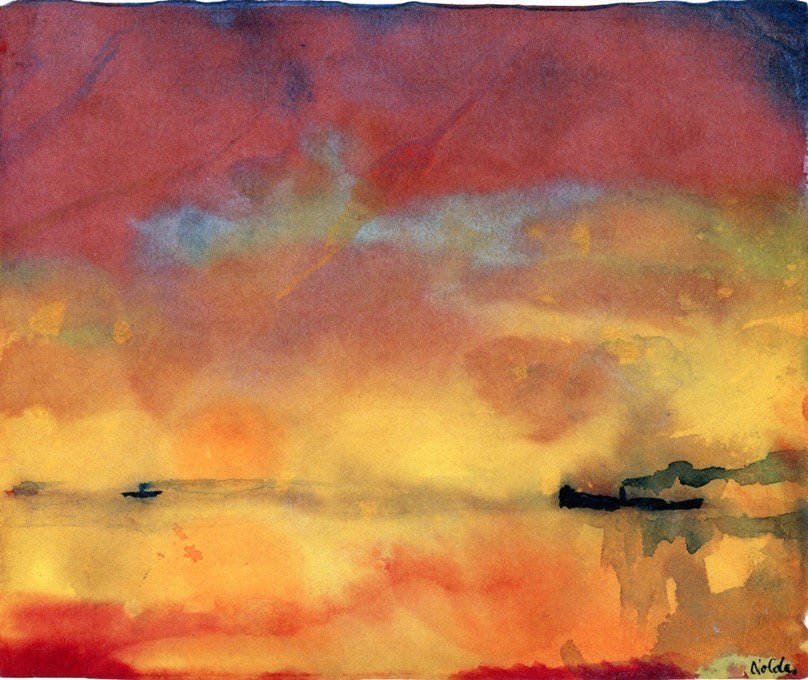
BLOG
BETWEEN PALETTE AND PROPAGANDA: Emil Nolde’s Troubled Dance With Nazi Germany
Nolde’s story warns that persecution alone does not equal resistance: an artist can be both victim and believer, oppressed by aesthetic policy yet thrilled by the ideology behind it. For museums and viewers, the question is not whether to hang his blazing reds and violets, but how—with letters, party documents, and wall texts that refuse the old romance of the misunderstood genius.
MARGUERITE MATISSE: A Daughter's Courage in Occupied France
In dawn of the 20th century in France was marked by a vibrant and transformative artistic landscape, with the Impressionist movement having laid a fertile ground for the emergence of diverse modern art expressions.1 At the heart of this era stood Claude Monet, a foundational figure of Impressionism, celebrated for his profound ability to capture the subtle nuances of light and his dedication to exploring singular subjects through extensive series of paintings. Among his most iconic works are those depicting water lilies, a subject with which his name became intrinsically linked in the public consciousness.


